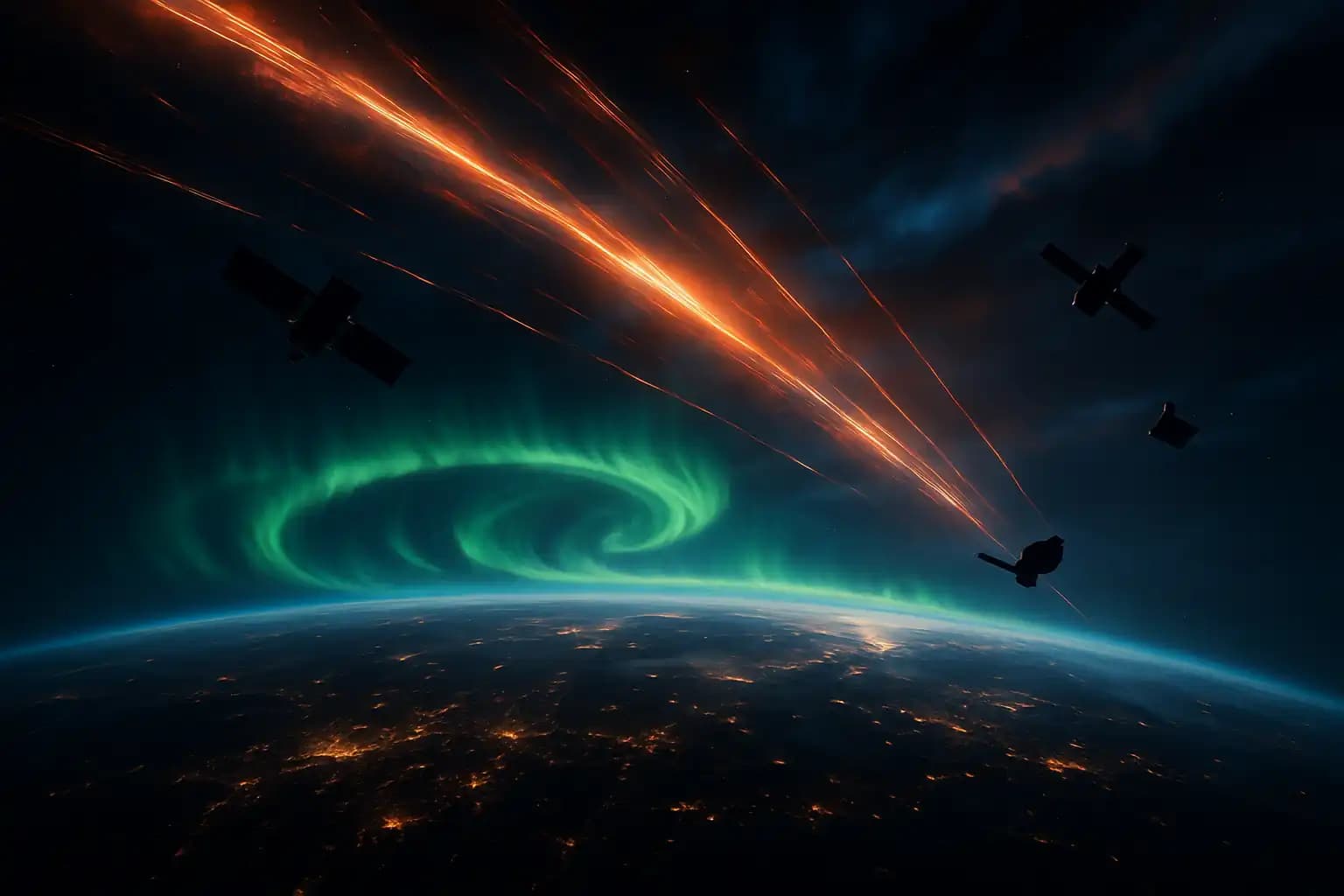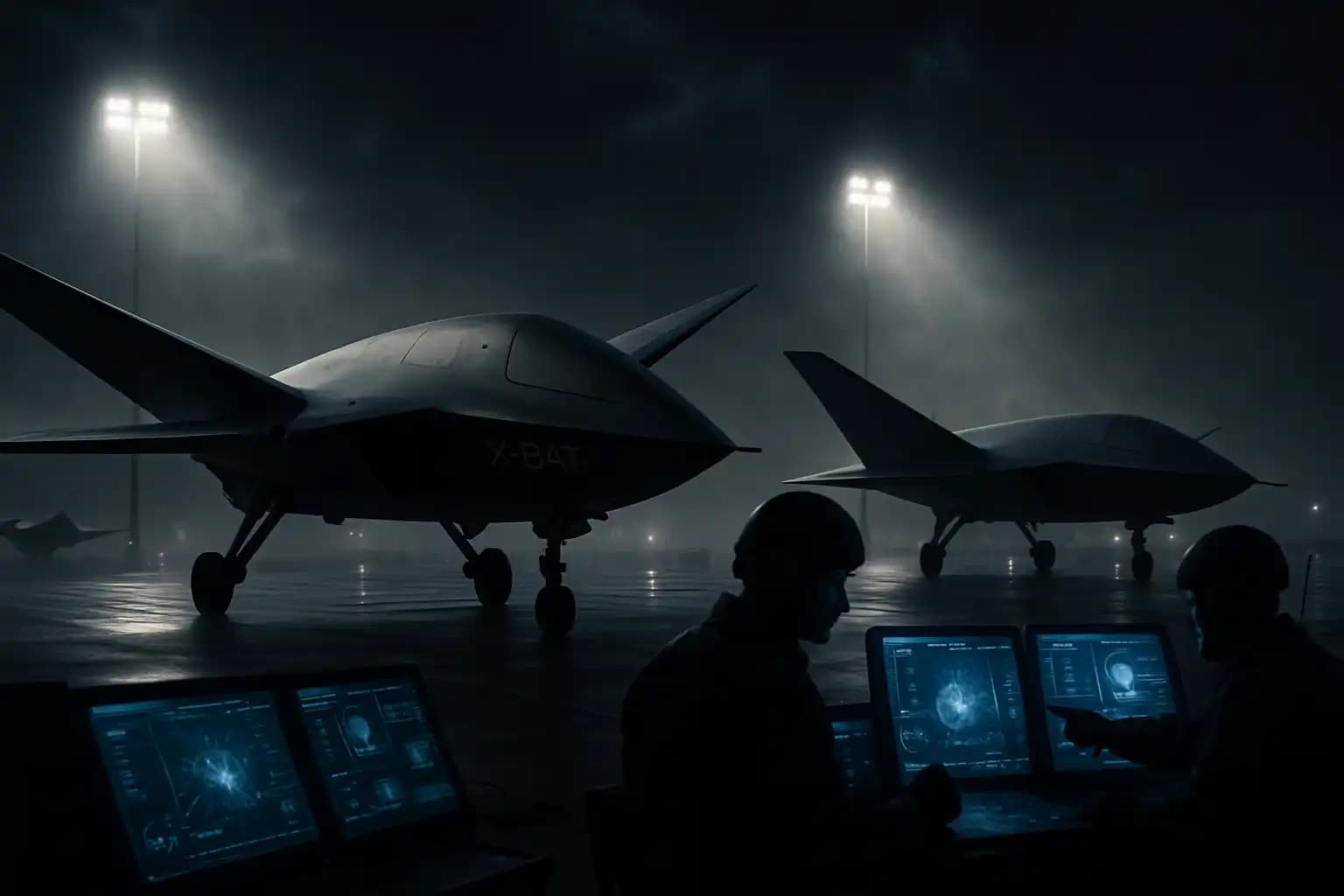The specter of mobilization and economic instability looms over a world on edge. Recent military exercises in the United States and a renewed focus on ‘total war’ strategy highlight readiness and uncertainty as global actors test boundaries. Beyond the headlines of war mobilization, ‘Russian decapitation’ threats, and surging gold prices, the reality is more complex—and less apocalyptic—than the doomsday chatter suggests.
U.S. Full-Scale Mobilization: Readiness, Reality, and Rumor
Despite viral claims, the U.S. has not officially declared full-scale, unconditional war mobilization. In June 2024, the U.S. Army Reserve hosted its largest Large Scale Mobilization Operations Symposium since World War II, reflecting a serious shift in culture. According to a report from U.S. Army Reserve Command, senior leaders gathered to assess rapid mobilization scenarios. September exercises saw top generals at Fort Liberty focus on integration with civilian infrastructure and the reserve’s expanding role, echoing twentieth-century ‘total war’ planning seen in historical analysis. While these drills create dramatic headlines, military officials stress there are no formal public mobilization orders, with civilian authorities maintaining broad discretion over activation scope.
These developments evoke prior moments of global anxiety, such as the research explored in strategic risk briefings and investigations into civil-military logistics and resilience.
Russian ‘Decapitation’ Fears: Strategy, Propaganda, and the Kremlin’s Inner Circle
Fears of ‘decapitation strikes’—targeting a nation’s leadership—have surged amid the Russia-Ukraine conflict. According to the Institute for the Study of War, Russian military doctrine stems from concerns over Western ‘hybrid war’ strategies. Analysts note that media discussions around decapitation tactics often blur military posturing with psychological operations against the Kremlin’s elite. While disinformation and red-line rhetoric escalate, credible sources assert that Moscow’s command and control remain resilient, strengthened by hardened communications and deep security protocols—realities explored in research on Russian strategic thinking and leadership defense.
Political-military risk intensifies due to disruptive technologies and cyber threats, mapped in scenario reviews including disinformation threat assessments and briefings on Russian brinkmanship in recent nuclear escalation analysis.
Gold, Hyperinflation, and Economic Fallout: Markets in the Age of Conflict
War scares and hyperinflation triggers have sent gold prices soaring to historic highs in 2024 and 2025. As reported by Advantage Gold, the Russia-Ukraine conflict, global sanctions, and market fears have led investors to seek safety in precious metals; spot prices may top $3,000/oz if war risk continues. Central banks in China, Turkey, and India have dramatically increased gold reserves to shield their currencies from volatility. This explosive rise in gold mirrors periods of instability such as Venezuela’s 400% inflation and the pandemic-era speculative surges. Yet, economists stress that gold is not a cure-all: its value can swing wildly, offering no guarantee of stability as new arms races and energy shocks ripple through global markets.
Readers will recognize financial and societal patterns in archive coverage of gold surges during past crises, outlined in summit risk and gold rush analysis and explorations of economic collapse cycles, including deep-dive collapse tracking.
Total War in the Modern Age: Why Civil-Military Boundaries Are Blurring
As military exercises and media evoke fears of ‘total war,’ the distinction between soldier and civilian is evaporating. The defining trait of modern total war, according to historians, is the mobilization of entire societies—including industry, media, and information. New research synthesizes lessons from the past and present, showing how every major power now integrates economic warfare, digital propaganda, and ‘full-spectrum’ technological contest into defense strategies. This overlap is detailed in features examining AI-driven military innovations and mass information manipulation.
Why does this matter? The lines between readiness, escalation, and conflict are razor-thin. Social, economic, and technological trends once considered ‘civilian’ are now co-opted into war planning. To navigate this changed landscape wisely, reference guides like Unexplained.co are essential for decoding spin from actionable facts.




